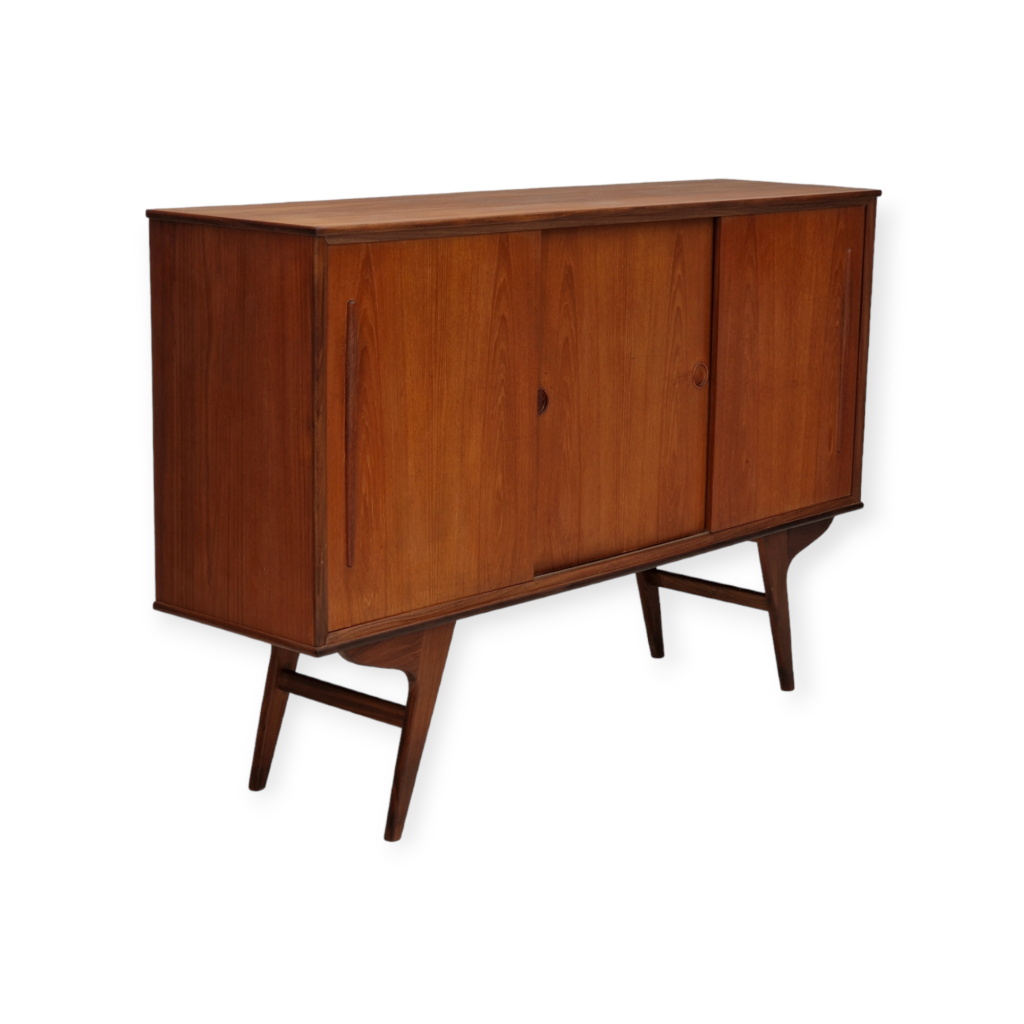Unlike
99% of design objects, the Parsons Table can actually be described quite easily and accurately in words. Its external appearance is invariably composed of a slab top with aprons and legs of the same material and color. The depth of the apron will be somewhere between about 2 and 3 1/2 inches (do I have that right, AZ ?) and the square-sectioned legs are of the SAME DIMENSION (width or thickness) as the aprons. Overall dimensions vary considerably; everything from occasional, to cocktail, to sofa, to dining tables and desks have been designed in this format.
All surfaces are plain and flush. This makes an object that looks like something designed by Sol LeWitt or Donald Judd -- or the architects of the Bauhaus ? It has a universality or neutrality/anonymity that seems to me at odds with all the eclectic decorators who latched on to it and made it a staple of seventies and eighties interior design. . .
Perhaps it served as a calm foil to all the frou-frou ?
J. M. FRANK
is the person most often credited with the design he lectured at Parsons (hence the name)school of design Paris branch.It dates from roughly circa 1925.The top apron and legs same width :key to a table being a "Parsons table".I recall the SUPER wide aprons and legs on them in mid to late 70s.Karl Springer covered them in python real and faux in the 70s.
Thanks for the
illustration ! AZ's right, the seams should be suppressed. Some that I have made have had mitered (diagonal) seams at the corners; when wood grain is the finish material this is perhaps the neatest and most geometrically neutral way to "turn" the direction of the grain from horizontal (apron) to vertical (leg). I have also made a good-sized table-desk of solid cherry, in whose triple-mitered corners was embedded a welded steel tri-T to strengthen the corner joint(s). Another was of elm burl veneer, with a 1/4" let-in trim of ebony on all outside corner edges and a pencil drawer on one long side. Very smart, in a retro sort of way. . .
.
SDR,when did you do the parsons tables and what type of customer wants custom parsons? I had an eggplant laquer birch parsons that had the mitered leg to top.I have two that have a (country aspect) with the square leg showing on the top and I like this less.Are the tops usually laminated wood?
In the early
eighties I worked for a company here that made plastic-laminated and painted Parsons tables; their special detail was to fill the rear of the leg with a diagonal facet rather than to build a full square leg.
Those tables were built by mitering five pieces of 3/4" MDF or plywood to each other -- 4 U's and a top panel -- to make a strong construction with secure leg joints (always the challenge in table-making). They made a joint in the laminate, sometimes a diagonal one, at the corner of the leg and apron; I much prefer to use more laminate and clad each face with one piece of plastic.
The earliest veneered one (described above) was made in about 1986; I made another for a different company maybe fifteen years later. The cherry desk (made two years ago) had solid 2 1/2" square legs and top rails (thus the compound miter), with a cherry-veneered top panel made flush with the tops of those rails -- and an inlaid fillet of darker wood as a decorative band around the panel.
The only
customer I met was for the cherry piece; he is an architect who was furnishing his own home. He also had us (me) make a pair of anigre-veneered slab-constructed nightstands (copied from a designer piece ?), with a pull-out lower shelf and a drawer, both on maple-to-maple slides (an unnecessary and counter-productive fetish, in my view. . .). They were flawlessly executed, if I do say so.
If you need any help, please contact us at – info@designaddict.com









